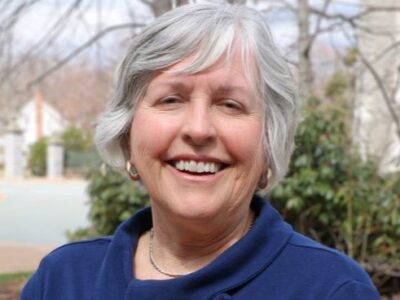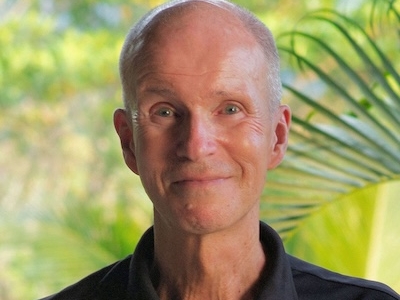Three leaders from Banff Centre for Arts and Creativity recently spoke to PANL Perspectives about arts and social issues in Canada. Janice Price (President and CEO), Mark Wold (Dean of Arts and Leadership) and Valerie Kapay (Vice President of Talent Management and Culture) discussed issues and initiatives at Banff.
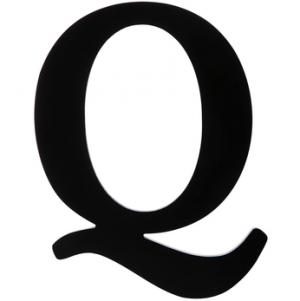 Which social issues has Banff Centre dealt with more deliberately in recent years?
Which social issues has Banff Centre dealt with more deliberately in recent years?
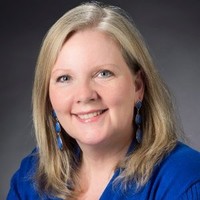 Valerie Kapay: Banff Centre has always had inclusion, diversity, equity and access as part of our DNA. In fact, I’ve been here for more than 20 years now, and I recall, at one point, we had 52 cultures on campus. It’s something that’s part of us. You’ll see in our strategic plan that we’ve included that in our roots and in various pathways, so we’ve codified it for future commitments, even though it’s always been a commitment in the past. We now have an Inclusion, Diversity, Equity and Access Advisory Committee that has met three times, and we’re drafting a terms of reference for it.
Valerie Kapay: Banff Centre has always had inclusion, diversity, equity and access as part of our DNA. In fact, I’ve been here for more than 20 years now, and I recall, at one point, we had 52 cultures on campus. It’s something that’s part of us. You’ll see in our strategic plan that we’ve included that in our roots and in various pathways, so we’ve codified it for future commitments, even though it’s always been a commitment in the past. We now have an Inclusion, Diversity, Equity and Access Advisory Committee that has met three times, and we’re drafting a terms of reference for it.
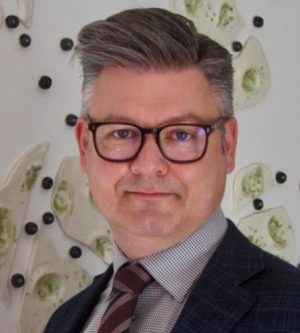 Mark Wold: The main issue is reparative justice. We’re entertaining individual programs and artists’ projects on climate change, but inclusion, diversity, equity and access are priorities as an institution, and a distinct category is Truth and Reconciliation. We’re celebrating 50 years of running Indigenous Leadership programs and do year-round Indigenous arts programming. Out of that work, we have adopted a Right Relations framework that we introduce to every artist cohort to create safe spaces. And for programs, we ask, “How are you factoring in Truth and Reconciliation? How are you factoring in Equity, Diversity and Access?” We call those “transparency metrics” and challenge our program directors to say how those manifest in the program content, the faculty they choose, and in their recruitment strategies for participants.
Mark Wold: The main issue is reparative justice. We’re entertaining individual programs and artists’ projects on climate change, but inclusion, diversity, equity and access are priorities as an institution, and a distinct category is Truth and Reconciliation. We’re celebrating 50 years of running Indigenous Leadership programs and do year-round Indigenous arts programming. Out of that work, we have adopted a Right Relations framework that we introduce to every artist cohort to create safe spaces. And for programs, we ask, “How are you factoring in Truth and Reconciliation? How are you factoring in Equity, Diversity and Access?” We call those “transparency metrics” and challenge our program directors to say how those manifest in the program content, the faculty they choose, and in their recruitment strategies for participants.
 What were the drivers behind your organization taking action?
What were the drivers behind your organization taking action?
Janice Price: With Truth and Reconciliation, we were leaders. We were doing that work prior to the Truth and Reconciliation Commission of Canada, but when the Commission delivered their report, we almost immediately held a groundbreaking national summit in 2016. Out of that grew a program we regularly deliver: Right Relations. What does it mean? How do Indigenous and non-Indigenous people learn about the Commission’s calls to action and how to apply them to their own lives and communities.
 How have you formalized acknowledgement of these social issues?
How have you formalized acknowledgement of these social issues?
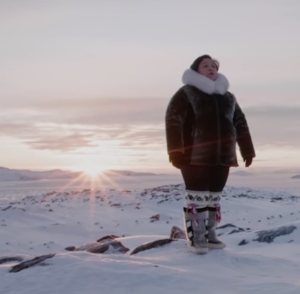
Looee Arreak, in Iqaluit, sings in the Juno-nominated “Messiah/Complex,” which was created by Banff Centre’s Director of Opera, Joel Ivany, after he attended Banff’s Rights Relations and Truth and Reconciliation program. Ivany collaborated with Banff’s Director of Indigenous Arts, Reneltta Arluk, to create a remarkable version of Handel’s “Messiah.” During the Covid pandemic, they recruited singers from across the country, half of them Indigenous, and performed “Messiah/Complex” virtually. “The New York Times” reported on the popular show.
Wold: We’re here to serve artists and leaders after their degrees; they come here for professional development and career advice. In recent years, we’ve run a program called Indigenous Playwrights Nest. That’s a distinct program. Our Banff Playwrights Lab is open to anyone who applies, and they get mentoring by a diverse group of faculty, but simultaneously, we have a cohort, in Indigenous Playwrights Nest, that’s considered a safe space for Indigenous playwrights.
Kapay: Also, we partner with Pride at Work for training for our community and help with policies. In addition, the training we provided related to indigenous awareness, anti-harassment, and prevention and responses to sexual violence has helped to create a safer community.
 What were challenges your organization faced in taking such steps?
What were challenges your organization faced in taking such steps?
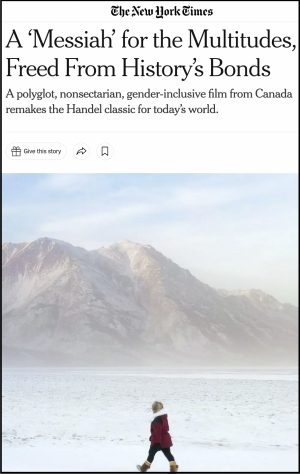 Price: We’ve tried really hard to diversify, especially our western classical music kinds of programming, and we’ve learned that sometimes the best intentions can lead to some real challenges if you don’t properly think through how to welcome more diverse communities to your campus, with a very stated intention of diversifying the participation in the program. How do you make sure people feel welcomed? How do you manage issues if and as they arise in which people don’t feel that we’ve properly prepared to expand or change the way we deliver our programs to a more diverse community? So, we’ve had some teachings from some very challenging situations.
Price: We’ve tried really hard to diversify, especially our western classical music kinds of programming, and we’ve learned that sometimes the best intentions can lead to some real challenges if you don’t properly think through how to welcome more diverse communities to your campus, with a very stated intention of diversifying the participation in the program. How do you make sure people feel welcomed? How do you manage issues if and as they arise in which people don’t feel that we’ve properly prepared to expand or change the way we deliver our programs to a more diverse community? So, we’ve had some teachings from some very challenging situations.
 Please describe an initiative that exemplifies your more deliberate response to social issues.
Please describe an initiative that exemplifies your more deliberate response to social issues.
Wold: We had a dance project,“Betroffenheit,” come to us from an esteemed alumna, Crystal Pite. When she pitched it with the faculty and the artists, we weren’t quite sure how it would work, because she said, “I want to explore PTSD (post-traumatic stress disorder) in my dance work.” We had to go through a long incubation period and ask, “What is this piece really about?” and we gave the artist space and time. It became one of our most critically acclaimed exports, telling the story of mental illness through art. It’s toured across the country and around the world and has just won another series of awards in the U.K. It stands out as a success in which we challenge a difficult social issue and make it accessible for audiences.
Photos are courtesy of Banff Centre for Arts and Creativity, except for photo of Banff Park, which is courtesy of Henrique Paim.
Monday, May 30, 2022 in Arts, For homepage
Share: Twitter, Facebook
